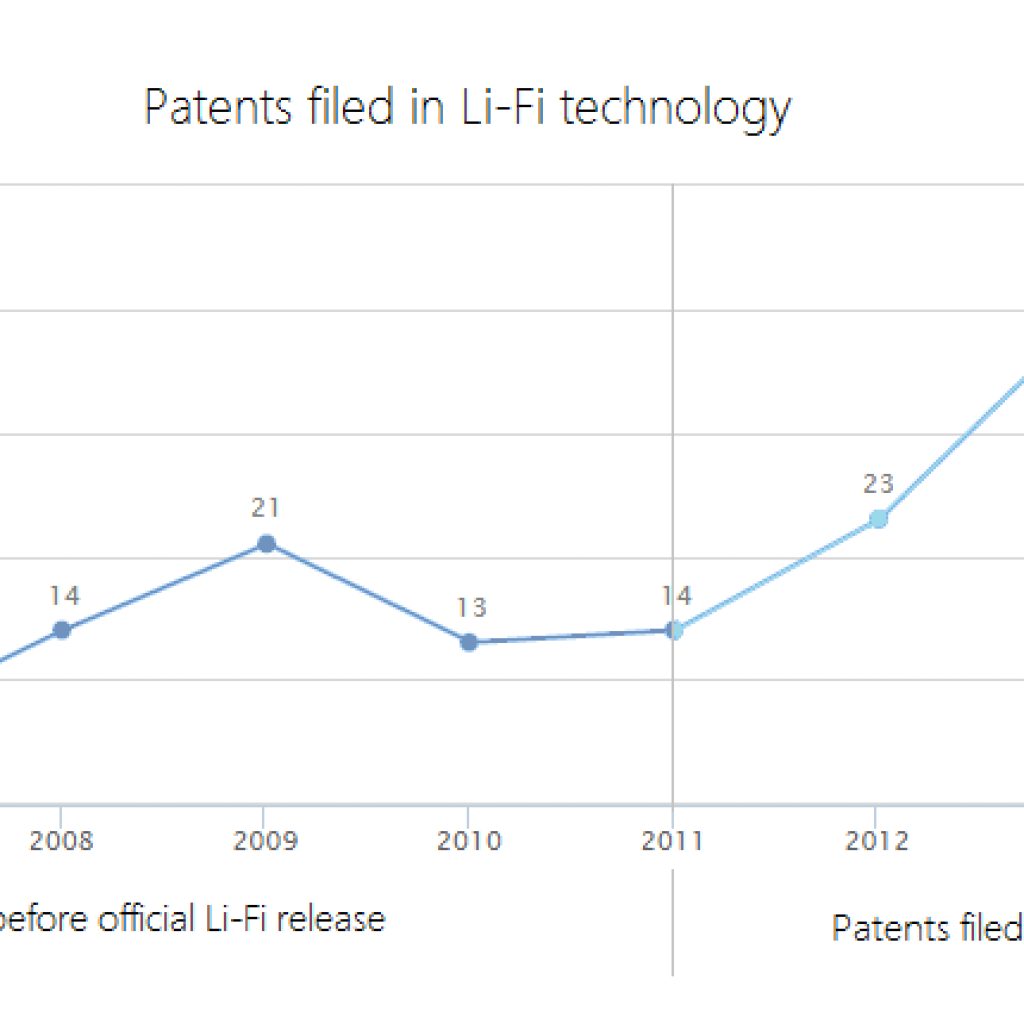Despite ethical concerns, 90% of preclinical trials rely on animal testing. However, only 50-60% of these tests accurately predict human outcomes.
But what if these tests could be performed directly on human-like tissues, eliminating the need for animal models?
BIO INX is making this a reality by helping develop 3D-printed human tissue models that closely mimic human biology. Through high-resolution and light-based bioprinting, BIO INX bio-inks help create complex, human-relevant tissue structures for more accurate and efficient testing.
We spoke to Jasper Van Hoorick, the CEO of BIO INX, to understand the company’s approach and its potential implications for the industry. This interview is part of GreyB’s Scouted series. In this series, we spotlight innovative startups and speak to their founders about how their solutions can revolutionize the industry by solving problems. Find all the interviews here.
By facilitating testing directly on human-like tissue models, our bio-inks can potentially reduce reliance on traditional animal models and early-stage human trials. This can lead to faster, more reliable testing and shorten the path from preclinical studies to patient-ready solutions
– Jasper Van Hoorick

Jasper Van Hoorick, PhD, co-founder and CEO of BIO INX, is an expert in polymer chemistry with awards like the Agoria and SOLVAY prizes. His PhD focused on biodegradable polymers for eye tissue repair, advancing multiphoton lithography for clinical use. He graduated summa cum laude in 2019 and launched BIO INX as a spin-off in 2022.
Want to know how BIO INX is doing it? See for yourself.
5x Faster UV Hardening for Stronger Support Structures
BIO INX’s technology leverages high-resolution, light-based bio-inks to advance 3D bioprinting for tissue engineering. Their patented CURASOL© technology allows UV-crosslinking to harden solid-state inks five times faster than traditional methods, speeding up scaffold production. Designed for precise techniques like multiphoton lithography, BIO INX’s bio-inks achieve nanometer-scale resolution, providing the consistency needed for regenerative medicine, drug testing, and personalized healthcare. By enabling human-relevant tissue models, their bio-inks also offer an alternative to animal testing, bringing efficiency and ethical advancements to drug development and clinical applications.
Short on time?
Here are key highlights from the discussion.
Highlights from the conversation
What are the primary application areas BIO INX is currently focusing on?
While our long-term goal is to bring these bioprinting technologies into clinical settings, our short-term focus includes applications in animal-free testing, organ-on-chip models, drug screening, and personalized healthcare. These allow us to offer relevant tissue models and help optimize treatments based on individual patient cells.
Has BIO INX’s technology been implemented in clinical applications, and what is the current status of regulatory approval?
BIO INX’s technology has not yet been implemented in clinical applications, though it holds significant potential for fields like regenerative medicine. We are currently navigating the technical and regulatory steps required for clinical deployment. Progress has been made, particularly in drug screening and specialized projects like Astrocardia, which studies aging effects in space. To move closer to clinical use, we recently collaborated with Rousselot to launch our GMP-compliant Gelma ink, a gelatin-based ink meeting medical standards—marking our first step toward regulatory-compliant, clinically applicable products.
Who are the primary end customers for BIO INX’s drug testing and screening applications, and what value does it bring them?
Our primary customers include pharmaceutical companies seeking reliable, ethical alternatives to animal testing. By providing human-relevant, 3D-printed tissue models, we reduce interspecies variation, speed up testing, and lower costs, ultimately enhancing drug development efficiency.
Accelerate your advancements in tissue engineering and ethical testing by exploring startups like BIO INX.
- Discover alternatives to animal testing for accurate, human-relevant models.
- Leverage advanced 3D bioprinting solutions that support your strategic goals in healthcare and drug development.
Do you foresee BIO INX’s technology contributing to a faster clinical trial process?
Absolutely. By facilitating testing directly on human-like tissue models, our bio-inks can potentially reduce reliance on traditional animal models and early-stage human trials. This can lead to faster, more reliable testing and shorten the path from preclinical studies to patient-ready solutions.
What is BIO INX’s intellectual property (IP) strategy, and does the university retain any rights?
BIO INX’s technology is heavily IP-based, with foundational patents developed through research at Ghent University. We hold an exclusive licensing agreement with the university, allowing us to commercially build upon this IP. As we develop additional products, we actively pursue new patents to expand our portfolio, securing a strong technological position while respecting the original university-held patents.
Meet our Interviewer – Vikas Jha, AVP, Solutions at GreyB
Vikas Jha is an experienced tech consultant focused on intellectual property consulting. With expertise in diverse domains like Telecom, Navigation, and Medical Devices, he helps clients navigate innovation challenges. His ability to bridge technology, innovation, and leadership makes him a valuable resource in the evolving tech landscape. Vikas has been featured on CNBC for his insights on next-gen technologies like space tech.
Join a conversation with our experts and showcase your groundbreaking technology.
Get featured on Scouted by GreyB. Book your slot today!
Authored By: Ridhima Mahajan, Marketing











